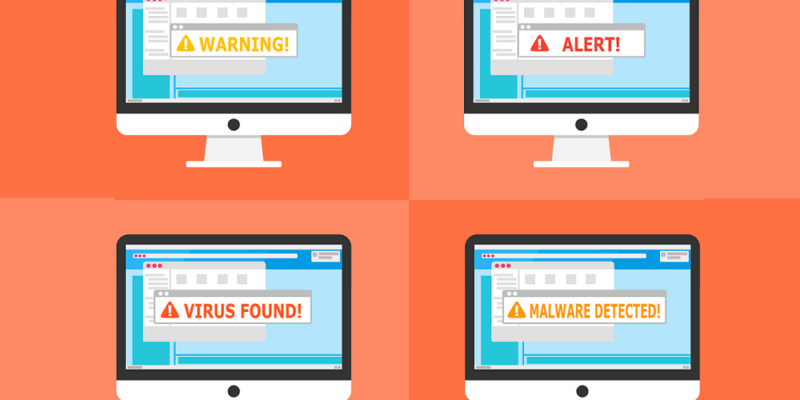 North Korean Hackers Targeting IT Supply Chain: Kaspersky
North Korean Hackers Targeting IT Supply Chain: Kaspersky
As part of the observed attacks, the group used an updated DeathNote malware cluster, which includes a slightly modified version of BLINDINGCAN, a piece of malware that the U.S. Cybersecurity and Infrastructure Security Agency (CISA) associated with the group. A new variant of COPPERHEDGE, which Lazarus has been using for at least two years, was…










